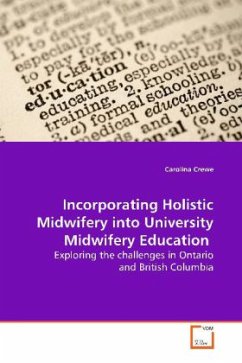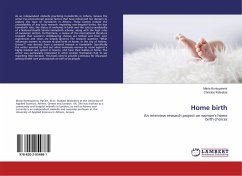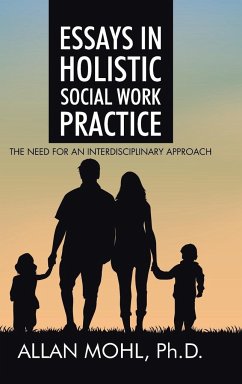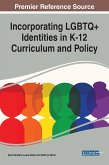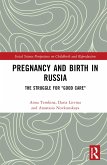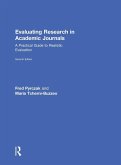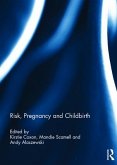The development of University Midwifery Education
Programs (UMEPs) has been a key component of the
midwifery professionalization process in Ontario and
British Columbia. The choice to develop UMEPs has set
a standard for professional midwifery training.
The goal of this study is to highlight the gendered
struggles of midwifery, as a female dominated
and historically marginalized occupational group, in
its attempt to integrate into pre-existing
hierarchies of the university structure. Specific
challenges of this process include tensions around
inter-professional collaboration and faculty sharing
with dominant disciplines such as Health Sciences
and/or Medicine,enculturation of masculine/feminine
professional characteristics, struggles to value
practicum learning components, visibility/obscurity
within the university, struggles for achieving
diversity in the student/client population, gendered
dimensions of earnings potential and labour
im/mobility. Similarly located marginalized groups
attempting integration into a university structure
are likely to experience similar exclusionary
measures related to factors including gender,
sexuality, ethnicity and race.
Programs (UMEPs) has been a key component of the
midwifery professionalization process in Ontario and
British Columbia. The choice to develop UMEPs has set
a standard for professional midwifery training.
The goal of this study is to highlight the gendered
struggles of midwifery, as a female dominated
and historically marginalized occupational group, in
its attempt to integrate into pre-existing
hierarchies of the university structure. Specific
challenges of this process include tensions around
inter-professional collaboration and faculty sharing
with dominant disciplines such as Health Sciences
and/or Medicine,enculturation of masculine/feminine
professional characteristics, struggles to value
practicum learning components, visibility/obscurity
within the university, struggles for achieving
diversity in the student/client population, gendered
dimensions of earnings potential and labour
im/mobility. Similarly located marginalized groups
attempting integration into a university structure
are likely to experience similar exclusionary
measures related to factors including gender,
sexuality, ethnicity and race.

